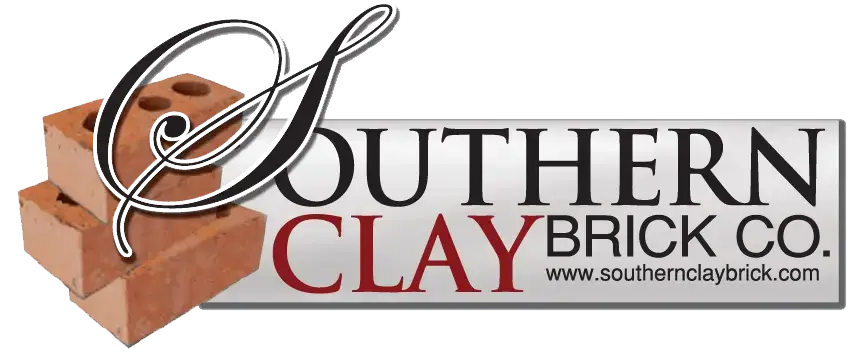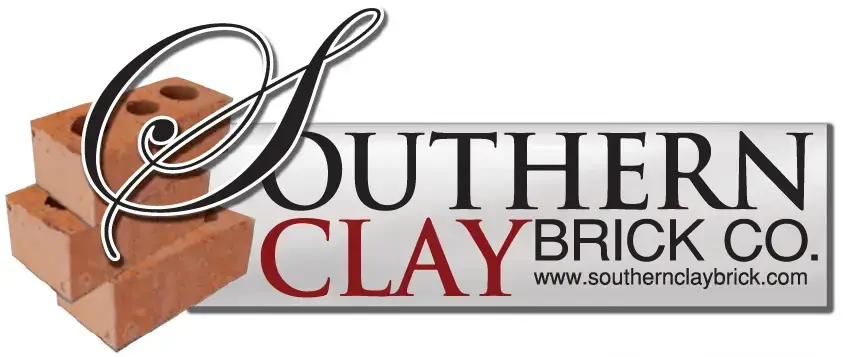Why?
Because It’s Better.
Prevents Moisture
Moisture is necessary for the formation of mold. Of the eight types of materials that account for 90% of home construction, the National Association of Home Builders’ Research Center confirmed brick is the best for moisture control. Thatʼs because brick is a multi-layered construction system. Five inches thick. Behind the outer wall of brick is a one-inch column of air that allows moisture that might get in, to either quickly evaporate or exit the wall through weep holes at the base.
Sound Control
It’s called air. Brick is actually a construction system. And part of that system is a one-inch column of air directly behind the brick and in front of everything else. The column of air, along with the mass of the brick, works to insulate your home from outside noise. A leaf blower at 90 decibels (considered very loud) right outside the wall, for example, would be approximately 37 decibels (considered faint) on the inside. Now, that’s acoustic comfort.
Lower Energy Bills
Brick is a natural insulator. It’s slow to lose or absorb heat — which means your heater and air conditioner don’t have to work as hard to keep the inside of your home warmer in winter and cooler in summer. In fact, according to the National Home Energy Rating System (HERS) — an industry measure used to qualify homes for ENERGY STAR® ratings — brick homes are among the most energy efficient. Typical savings on your energy bill with brick are 2 to 8%. And you can take that to the bank.
No Maintenance
People who own brick homes frequently say they need no maintenance. Ever. And while thatʼs not exactly correct, the fact is, that the brick in your new home will need no maintenance for about 100 years. So, while almost every other material requires repeated work, costing thousands of dollars each time you paint or clean or replace, the brick on your home simply wonʼt. At least until well past the year 2100.
Better Resell
When you sell your brick home, chances are you’ll get back every extra dime you paid. And then some. On average nationally, homes made of brick sell for 6% more than similar homes built with other materials. Typically, that accounts for the entire additional cost of brick when you purchased your home. Add to that, of course, the month after month and year after year savings from no maintenance on the brick, lower energy bills and a lower cost every year to insure your home. Investing beats buying every time.
Doesn't Burn
According to most building codes, brick is officially listed as “non-combustible.” If an exterior fire starts from leaves burning, another house on fire or from some other source, brick will not burn. Fire will not penetrate brick walls from the outside. In a one-hour severe fire test, brick withstood the flames. Fiber cement crumbled before the end of the test. And vinyl siding was completely destroyed in 18 minutes. Brick’s one-hour fire rating protects your family better than any other non-masonry building material. Good for your safety. Good for lower homeowner insurance premiums year after year.
Safe from the Storm
We set up an independent university-sponsored experiment to find out for certain. We designed a machine to hurl construction 2×4ʼs at hurricane speeds. Then we turned the wicked device on walls — brick, vinyl and fiber cement walls. The boards didnʼt even nick the brick. But they went right through the walls of vinyl and fiber cement and into the imaginary living rooms behind them. Conclusion? The three pigs had it right. Brick is safer.
Green Choice
Building or buying a home is a good time to make green choices. And brick is a good one. For starters, brick is made of clay, an abundant natural product. It has an estimated lifespan of 100 years or more. It minimizes CO2 emissions by using less energy for heating and cooling year after year. So select brick for your new home and do something nice for the planet. After all, it’s the only one we’ve got.

